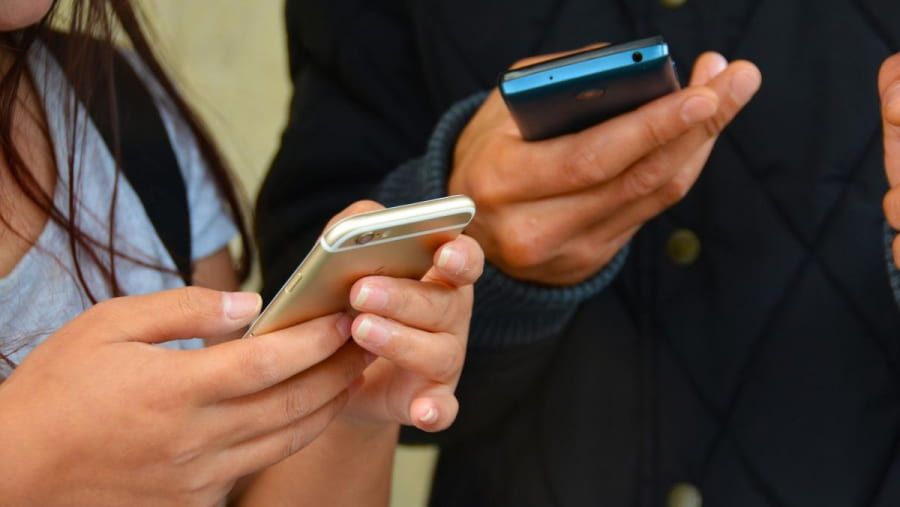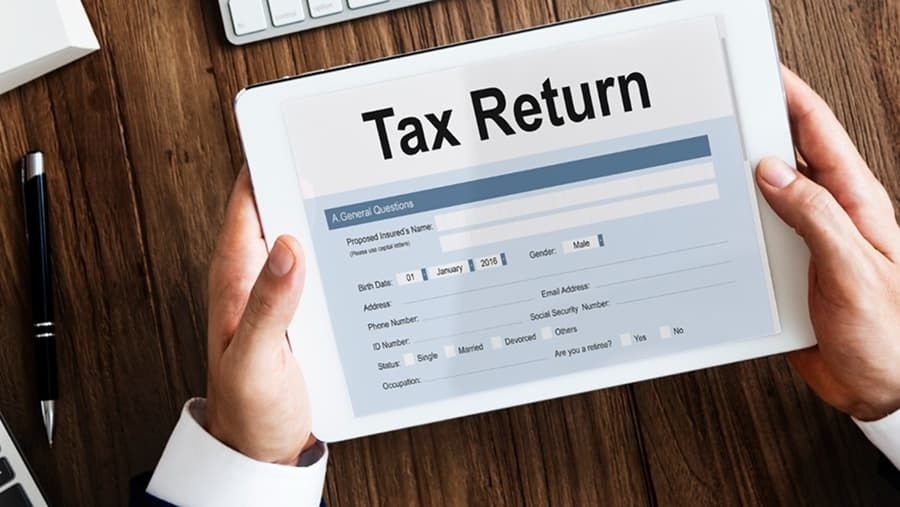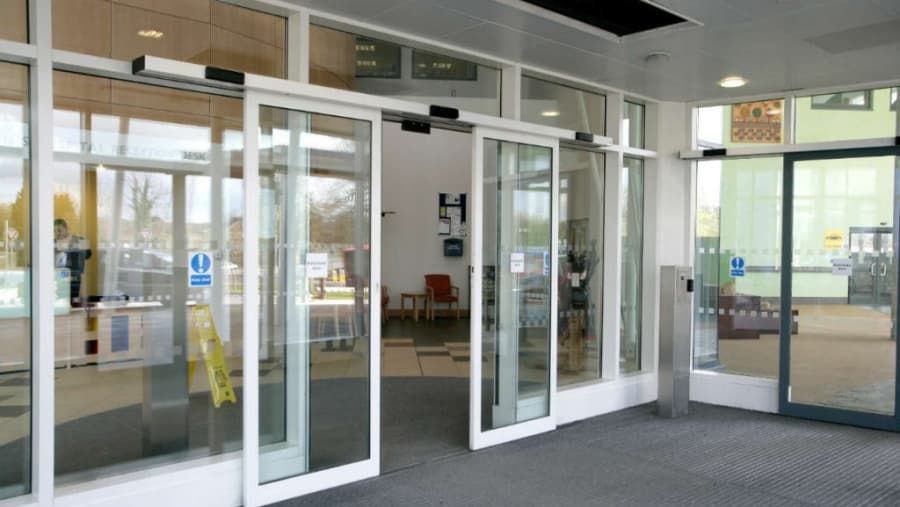Government Provision of Free Mobile Phones: Benefits for Low-income Groups
In the digital age, mobile phones have become an indispensable tool in people's lives. However, for low-income groups, buying a mobile phone can be a luxury expense. To solve this problem, government programs to provide free mobile phones were created. This article will explore this.

1. Introduction
In today's society, mobile phones have become an indispensable communication tool in People's Daily life. However, for low-income groups, buying a mobile phone can be a huge burden. This not only limits their ability to communicate with others and access information, but also causes them to face more difficulties in the economy, education and employment. In order to solve this problem, the government's program to provide free mobile phones came into being, bringing benefits and opportunities to low-income groups.
2. Benefits and Opportunities
Free phones provide more economic opportunities for people on low incomes. The rise of mobile payments and e-commerce has created more business opportunities for small-scale enterprises and self-employed people. However, low-income people who do not own mobile phones are unable to participate in this digital economy. Free mobile phones provided by the government enable them to participate in mobile payments and e-commerce, start small businesses, increase income sources, and create a better economic situation for themselves.
3. Digital inclusion and social inclusion
The government's initiative to provide free mobile phones not only provides economic benefits and opportunities, but also promotes digital inclusion and social inclusion in society. Digital inclusion refers to the ability to guarantee that everyone has equal access to and use digital technologies. By providing free mobile phones to low-income groups, the government has broken down the digital divide, enabling them to enjoy the same convenience and opportunities brought by digital technology as other members of society.
In addition, the government's plan to provide free mobile phones also contributes to social inclusion. Low-income people are often at risk of social exclusion and marginalization. However, by providing them with free mobile phones, the government sends a message to low-income groups that their needs and participation are valued and respected. Such initiatives help to reduce social inequalities, improve the social status and self-esteem of low-income people, and provide them with opportunities to communicate and participate in wider society.
4. The government offers free mobile phone challenges and solutions
While the government's plan to provide free mobile phones brings many benefits and opportunities, it also faces some challenges. First, money is an important issue. Providing free phones requires significant government investment, including the purchase of phones, the maintenance and management of mobile phone networks, and the provision of technical support. Governments can address this by partnering with the private sector, attracting corporate sponsorship or developing sustainable funding programs.
Secondly, it is also a challenge to ensure that free phones are not abused and resold. Governments can take steps, such as setting eligibility criteria, limiting the number per household, and using technology to prevent abuse and resale, to ensure that free phones truly benefit low-income people.
5. Conclusion
The government's plan to provide free mobile phones has brought advantages and opportunities to low-income groups. It enables them to stay connected to others and promote digital inclusion and social inclusion in society. However, implementing such a plan would require the government to overcome some challenges, such as funding and abuse issues. Through innovative solutions and cooperation, governments can ensure the sustainability and effectiveness of free mobile phone schemes, provide more benefits and opportunities for low-income groups, and achieve social equity and inclusion.









